A multisensory coffee for the tea ceremony
Taking over the ground and first floors of a modern low-rise in Osaka, Tokyo-based studio I IN has created a coffee shop that is futuristic,…
Hong Kong is a global city. Very westernized in its way of existing on the international scene, it has also managed to preserve heritage buildings, relics of its colonial past. Many are the colors, many are the landscapes, but there is one thing we remember: Hong Kong is a hybrid city, modern, with an architecture both contrasted and innovative.
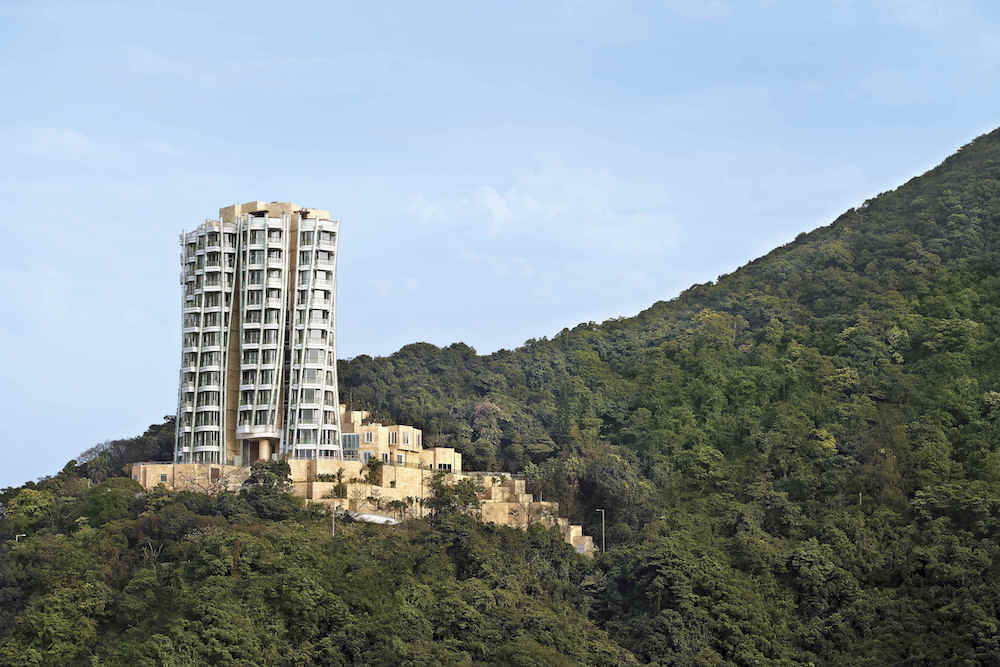
The shapes of Frank Gehry’s first residential building recall those of his Prague dancing house, but with less curves. Nevertheless, Frank Gehry has once again devoted himself to what he knows and does best, deconstructivism. This building contains 12 luxury flats, offering a spectacular panoramic view. Each apartment has a series of balconies that enhance the details and style of the tower.
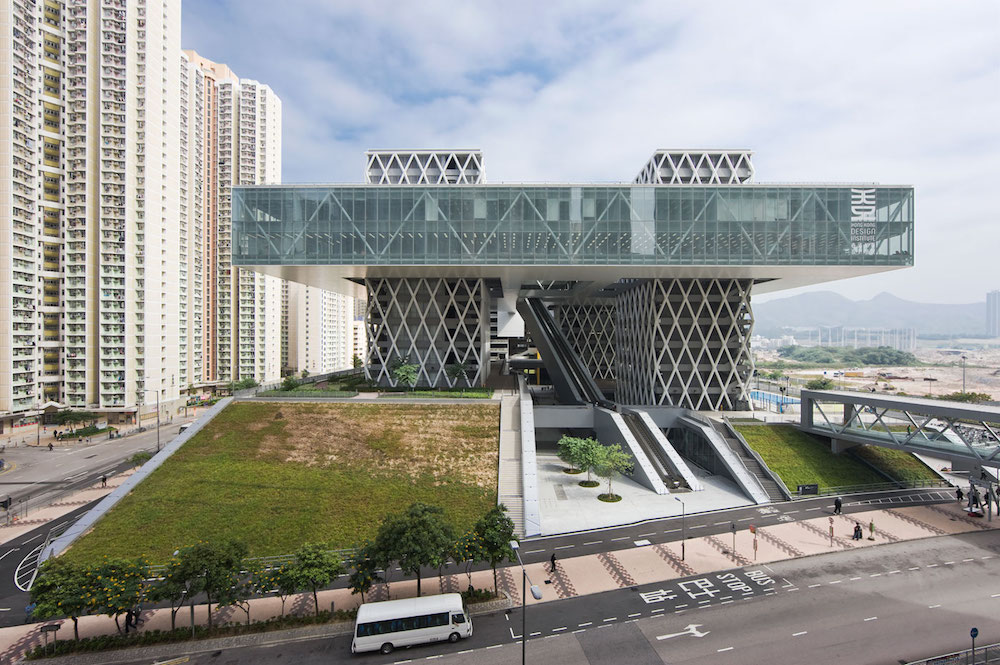
The French architects Coldefy & Associés are the ones who originated this project. This design institute is an educational institution located in Tiu Keng Leng. The structure is a metaphorical representation of what creativity is, starting from the blank page theme. The campus structure aims to reflect the school multidisciplinary aspect, but also to inspire the students.

Completed in 2013 but officially opened in 2014, the tower houses the PolyU School of Design. It is the famous Zaha Hadid who designed this complex. His aim was to create a new urban space reflecting the dynamism of a school that is resolutely future oriented. The architect transformed the classical structure of the tower into a more fluid composition. The inner and outer courtyards form many informal spaces, student meeting places, in connection with the exhibition forums, studios and theatres.
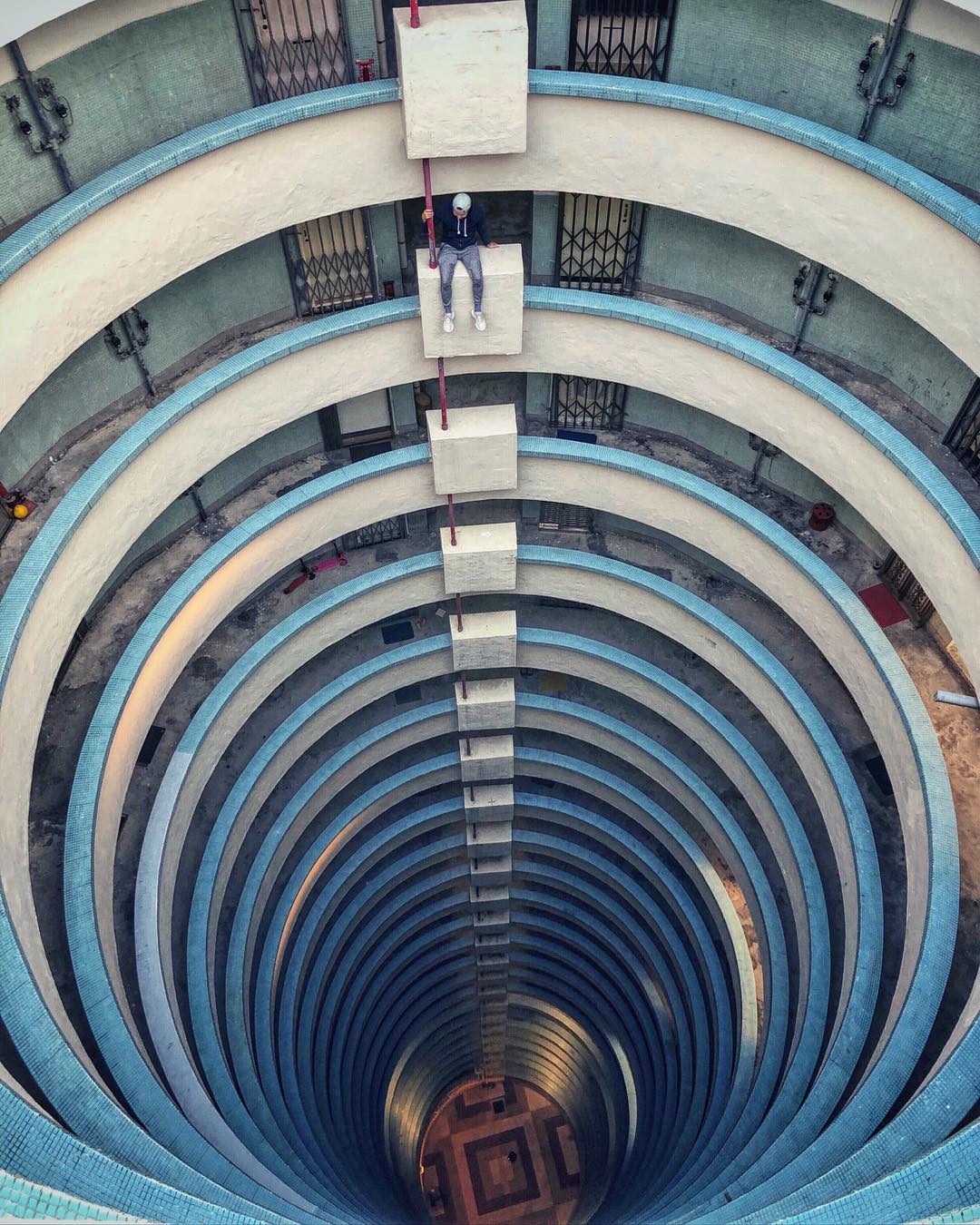
This is an ideal spot to make beautiful Instagram photos. After the 70’s, Michael Wright, who was in charge of housing in Hong Kong, built public housing estates. Always concerned with space optimization, these buildings were built in a cylinder shape. Lai Tak Tsuen is one of the most breathtaking, emblematic achievements of these colonial years.
As beautiful and crazy as it may seem from the outside or from a photographer’s perspective, the apartments in these towers are very simple and in a state of decay. How do older people manage to climb the stairs to the 26th floor without using a lift? This is undoubtedly one of the secrets of their long life expectancy, but in one of the most expensive cities in the world, they probably have no choice.
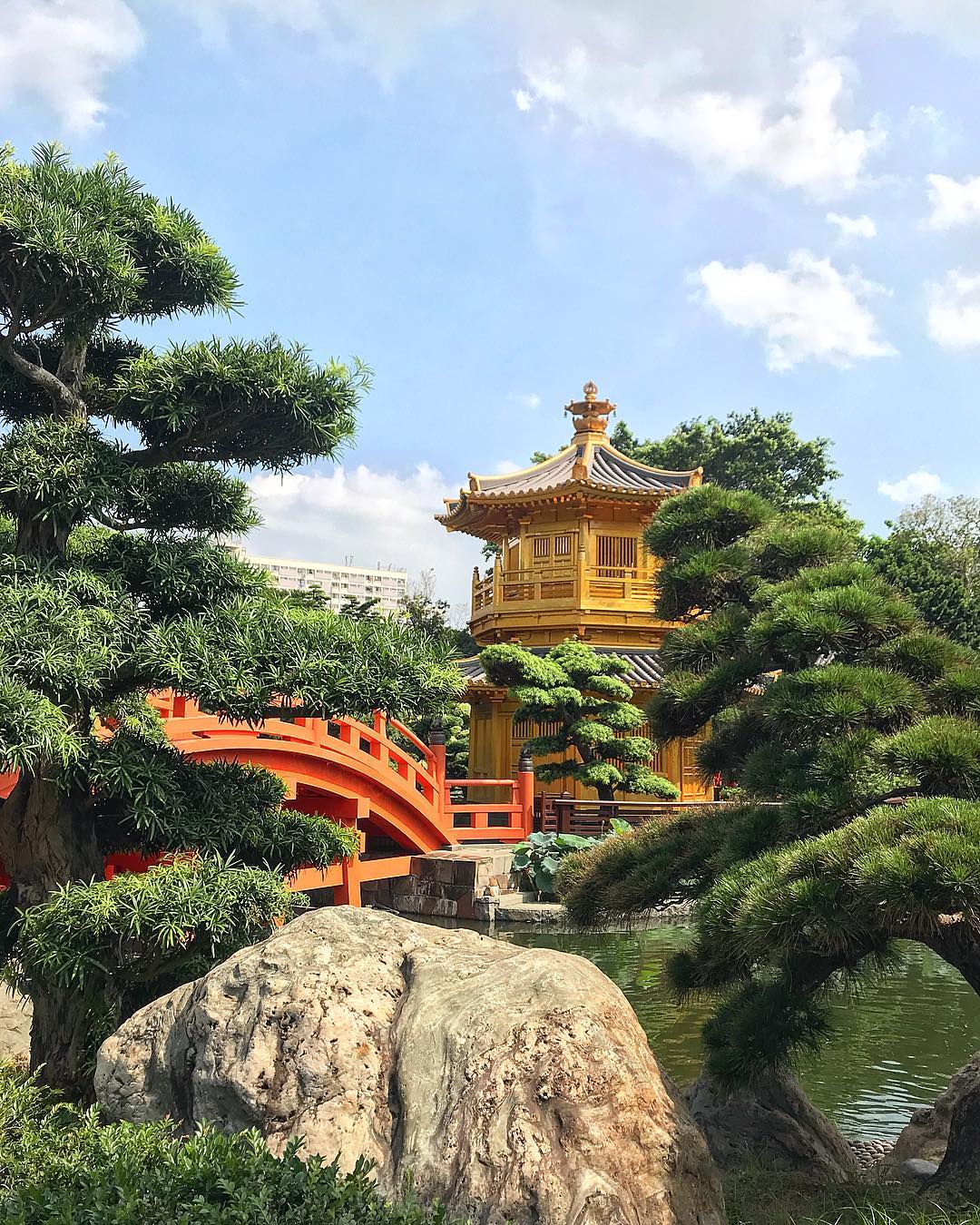
This is a perfect example to illustrate what Hong Kong is, both futuristic and historical.
Established in 1934 and renovated in 1990, this large Buddhist complex consists of a series of temples, lotus-covered ponds with gold, clay and wood statues. These Tang dynasty temples are located on the top of Diamond Hill. But in a few strides, you will find yourself in the middle of a forest of towers from the 80’s
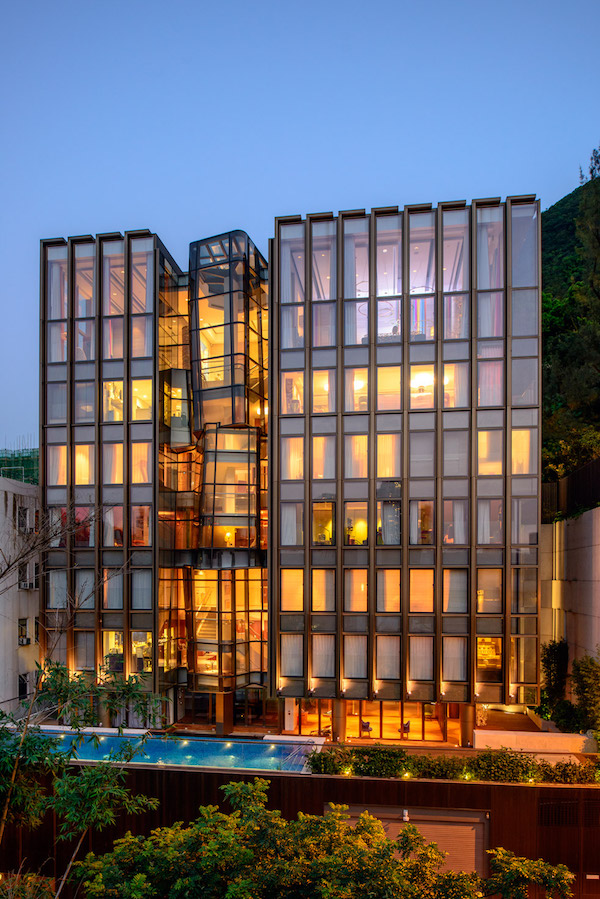
It is in 2013 that the famous Aedas architecture and design agency completed the astonishing THR350 residence. This nine-storey private house, acclaimed by the international design community, stands apart by the blending of different materials, angular curves and large glass panels that regulate the amount of light and heat entering the rooms. When you want privacy, wood boards allow you to scatter the light while preventing any view from the outside.
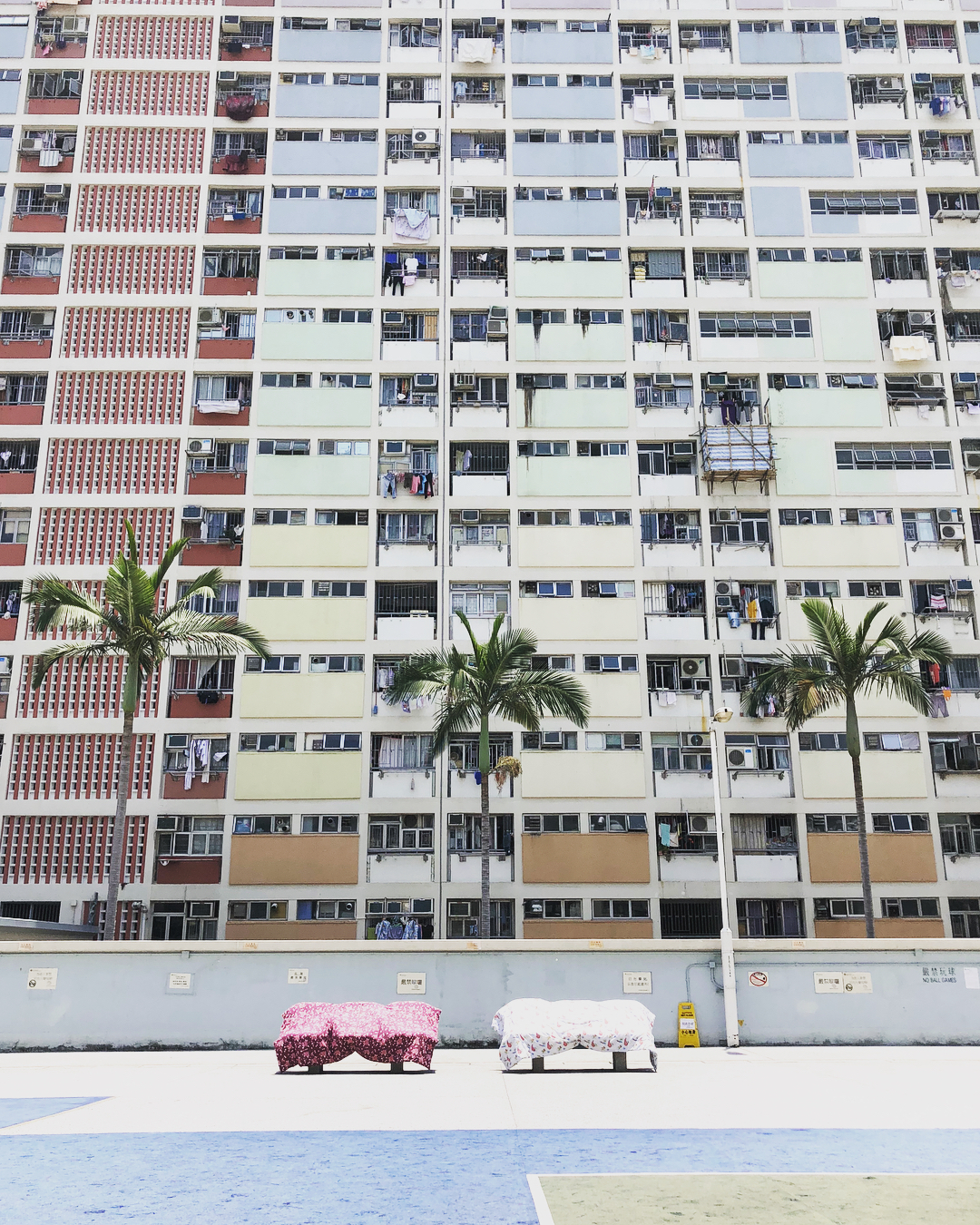
This is again a perfect place for beautiful shots. These rainbow buildings in pastel tones have been used for shooting music videos. Built in 1962, these buildings are still used by a large population as more than 18 000 people still live there. Developed as part of a social policy for low-income families, legend has it that the colors of its front were intended to preserve the good temper of the residents.
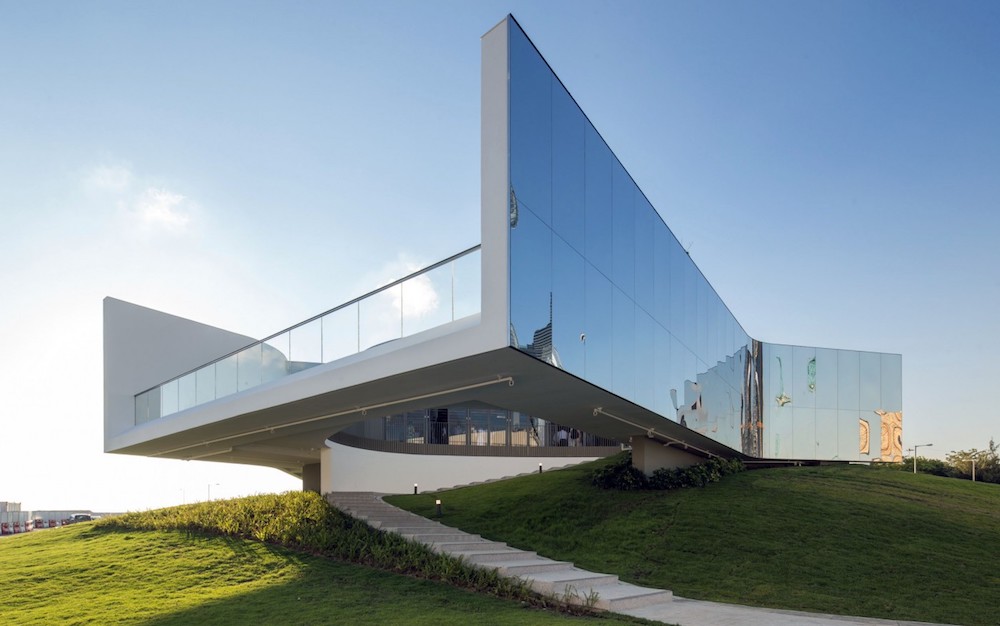
Open in September 2016, the M + Pavilion is now used as the main site for the visual culture museum exhibitions. Symbol of environment friendly innovation and architecture, its exhibition spaces are particularly dedicated to emerging artists. Its large shimmering facades give it a futuristic look and its huge balcony offers a magnificent view over the Bay of Hong Kong.
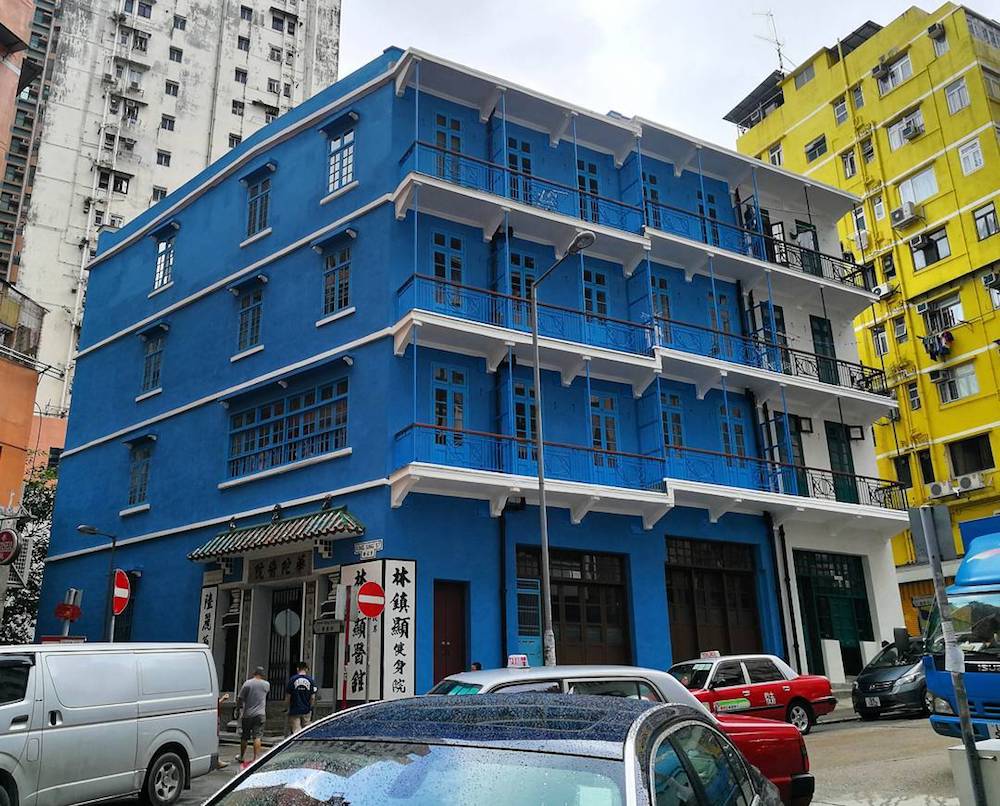
The Blue House is one of the last landmark still representing the rich cultural heritage of Wan Chai. Mixing Western colonial elements with traditional Chinese features, it was originally built as a hospital, and was later turned into a temple and then into a Kung Fu school.
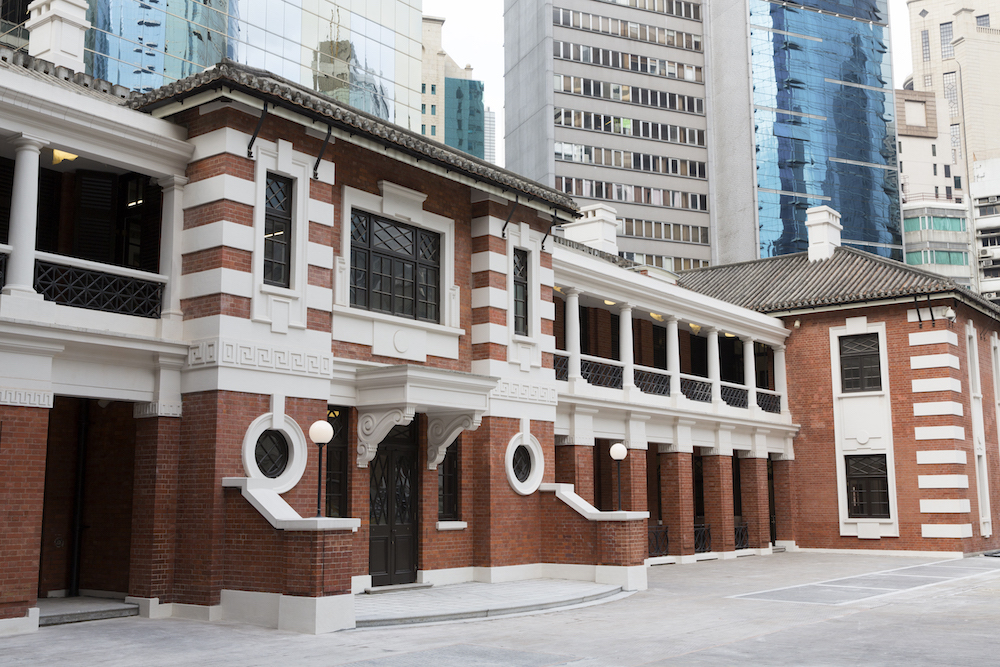
Previously, this complex was called Central Police Station. Then it became the Central Magistracy and finally Victoria Prison. This recently converted complex is now Hong Kong’s new Design and Art Center. This site is used as a stage for contemporary artistic performances as well as shows. Historical tours are also offered to perpetuate the memory of the place.